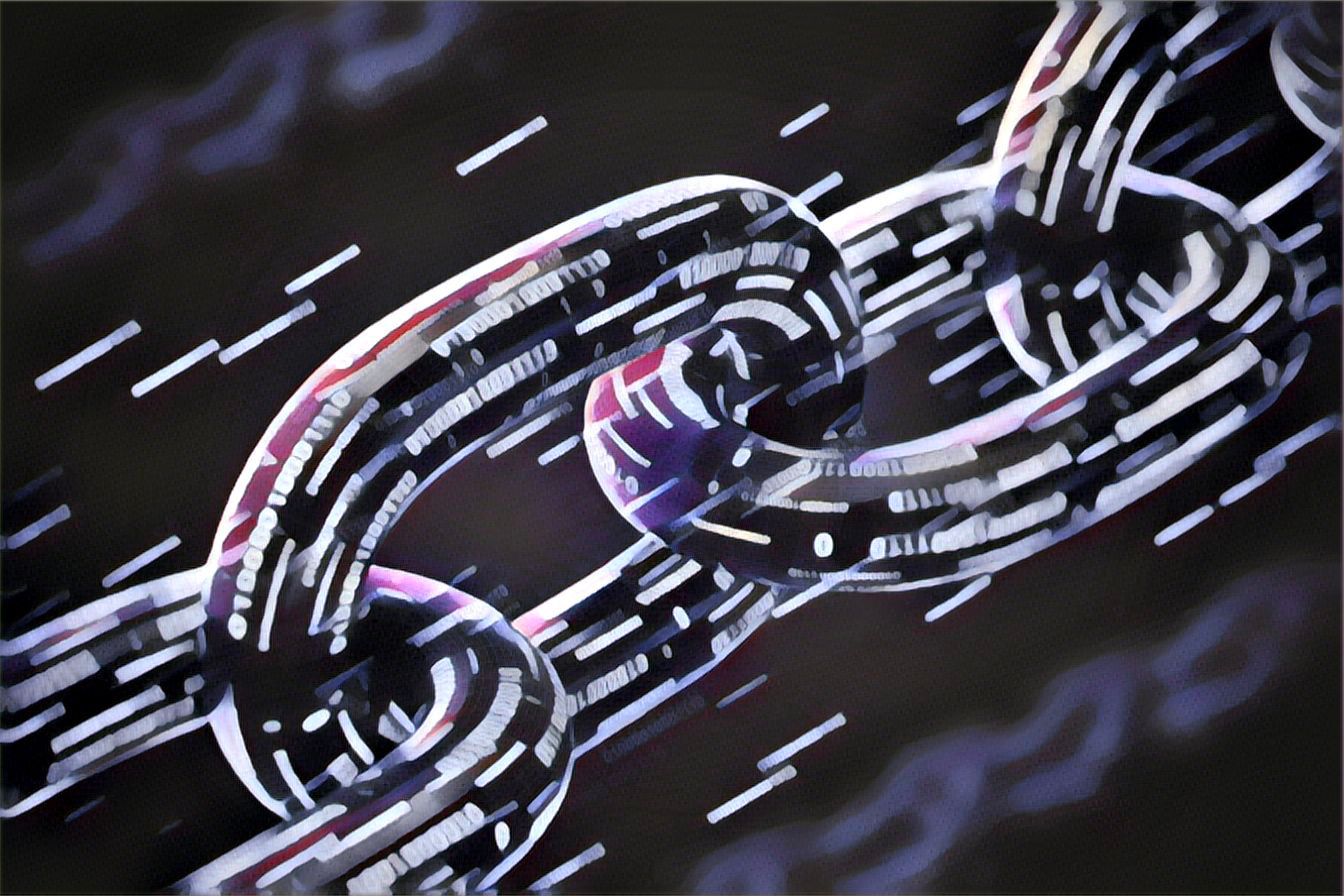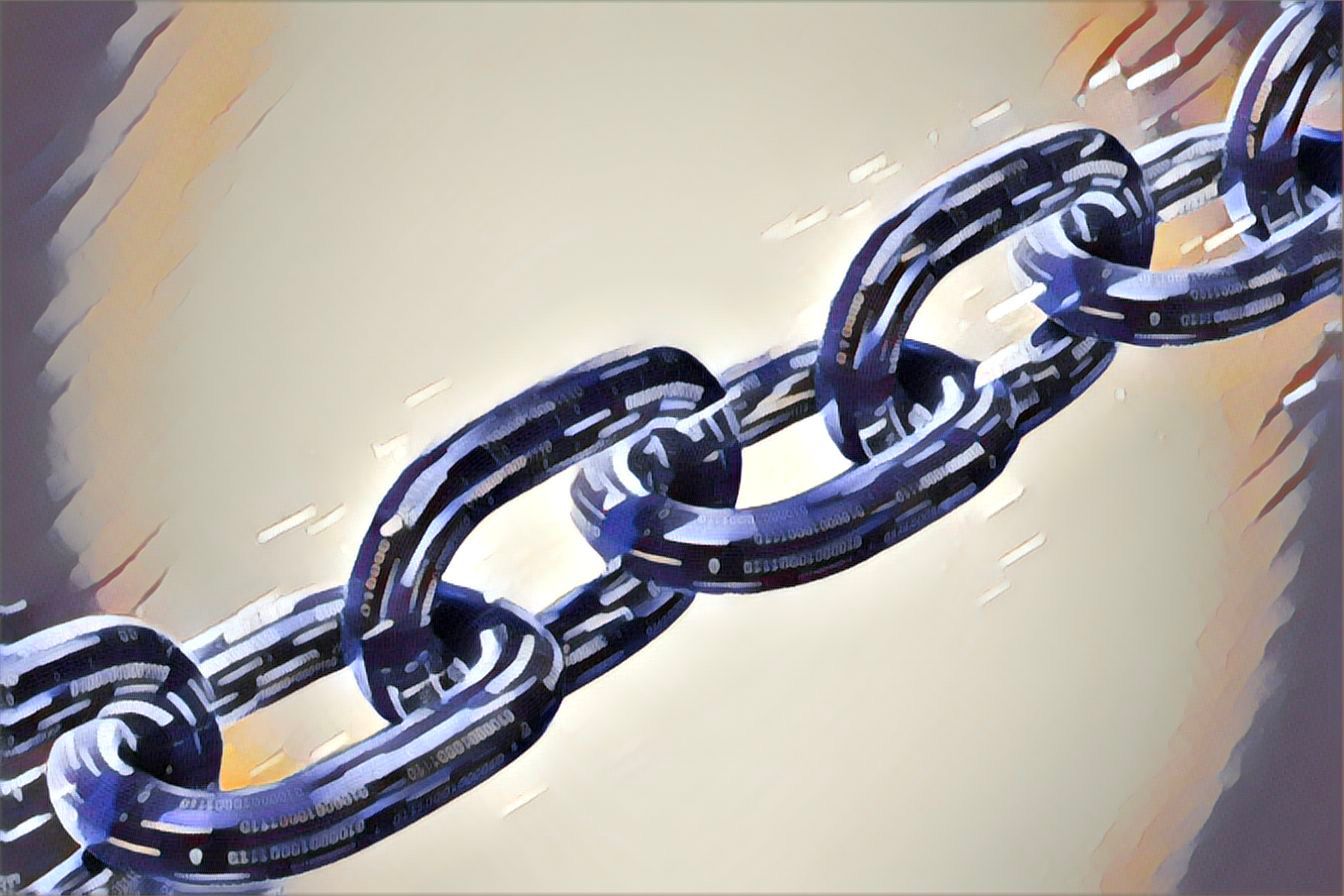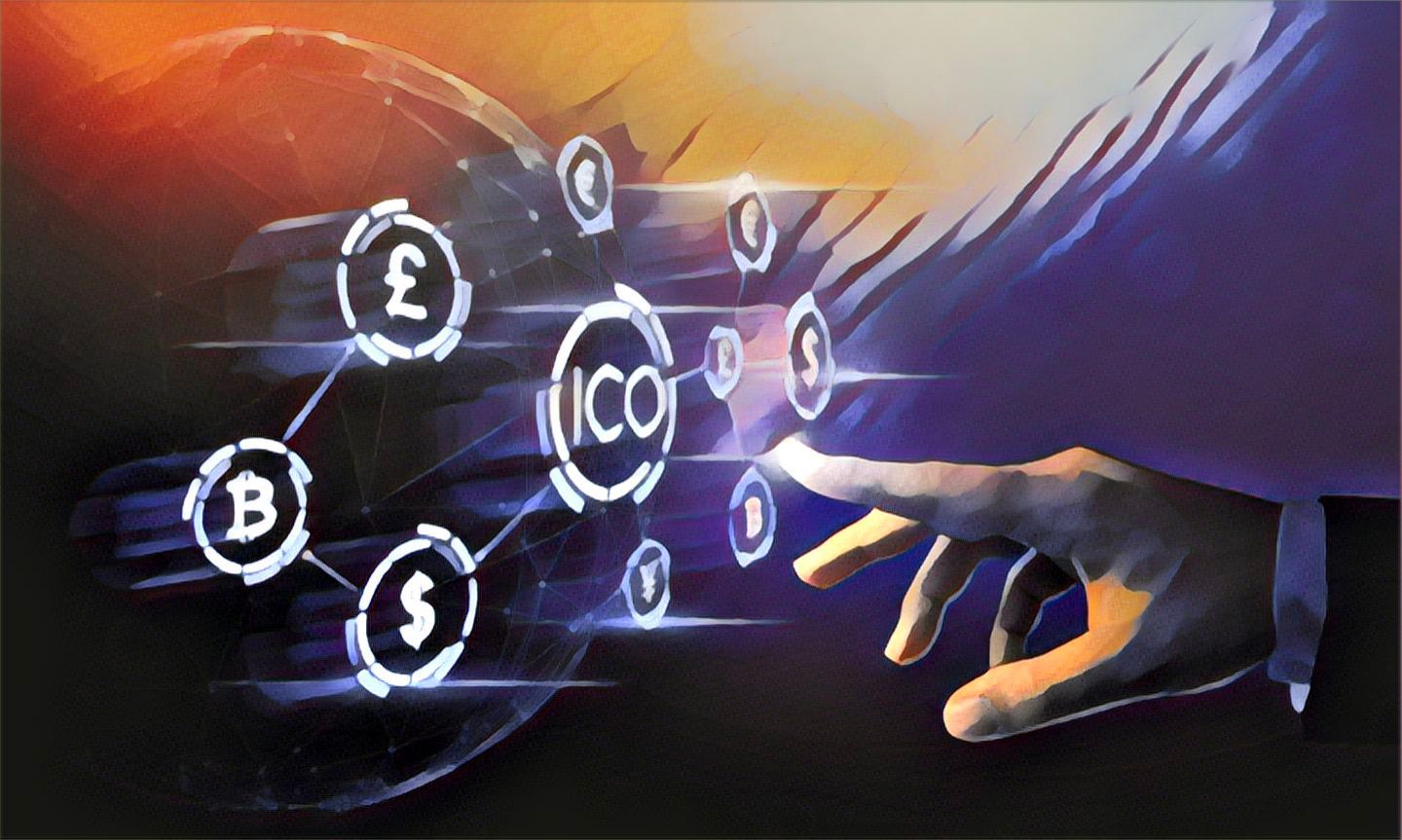What is stagflation?
If you follow the markets or economic trends at all, you’ve probably heard the word stagflation being thrown around lately, which refers to increased inflation and decreased growth in the gross domestic product (GDP). But what exactly does stagflation mean? What are its causes and effects? How can we avoid it?
The Definition of Stagflation
Stagflation is defined as persistently high inflation coupled with low or no economic growth. Stagflation refers to an economy with slower growth or no growth (economic stagnation) as well as steadily rising prices. This happens when tight monetary policy such as low-interest rates and easy credit causes inflation (which fuels prices) while weak growth discourages spending. Consequently, prices for goods and services increase and as a result, there's a drop in the number of people that are working, or companies lay off employees because there are no customers. This often leaves laid-off workers with less money to spend on things that cause prices to go up even more - the vicious cycle of stagflation.
Where Does the Term Stagflation Come From?
Stagflation can be defined as a period of inflation (rising prices) and economic stagnation (declining economic output), which causes a shortage of goods and services. The name comes from the term stagflated, which means that there is a deflationary pressure on the economy and an inflating pressure on the economy at the same time. The term was coined by William Miller, who served as President Nixon's Chairman of the Federal Reserve from March 18, 1969, to August 11, 1974.
The Definition of Inflation
When inflation happens, consumer prices for goods and services increase. When inflation goes up, it becomes easier for companies to raise their prices. Hyperinflation (or, very high inflation) can lead to a cycle of rising prices and lower demand for goods and services until we enter a recession. The opposite of inflation is deflation, which occurs when prices decrease over time. While they are different economic conditions, they can both result in economic crashes if they go on too long.
What's the Difference Between Inflation and Stagflation?
One key difference between inflation and stagflation is that, while inflation affects only prices, stagflation impacts both price and economic growth. Thus, there will be no economic growth if there is inflation. But if there is stagflation we see a combination of slower economic activity with increased prices. Essentially, it means that the cost of goods increases, but since people have less money to spend, they buy less. It's possible for there to be a situation in which there is more inflation but also less economic growth, and another in which there is less inflation but also more economic growth.
How does it affect people?
Stagflation is when there is slow economic growth, high unemployment, and increased inflation. This could lead to some demand-and-supply problems for products and services, which if left untreated, could lead to hyperinflation. Stagflation increases the costs of day-to-day living: food becomes more expensive, it becomes difficult for all but those who already own a car, etc. In times of high demand and shortages, a business may shut down production altogether or have to operate on reduced levels of manpower or resources to avoid bankruptcy. If an economy is experiencing both stagnation and inflation simultaneously, it means that the problem of excess demand has reached a point where there are no longer any resources available to meet it.
How to protect yourself from stagflation?
Protecting yourself from economic crises starts with monitoring the macroeconomy: tracking trends, observing interest rates, and setting aside money for your emergency fund. This way, if there is a storm, you will be ready and won't take on debt you can't handle. Generally, don't let your monthly credit card and student loan debts consume more than 50% of your monthly income. You also want to avoid buying expensive items, like cars or houses, when the economy is going through tough times because you don't know what may happen in the future. Having money saved is best if you need it. Ensure you're preparing for retirement now, so when the time does come you'll have investments or a pension set up to make sure you don't fall below the poverty line.



